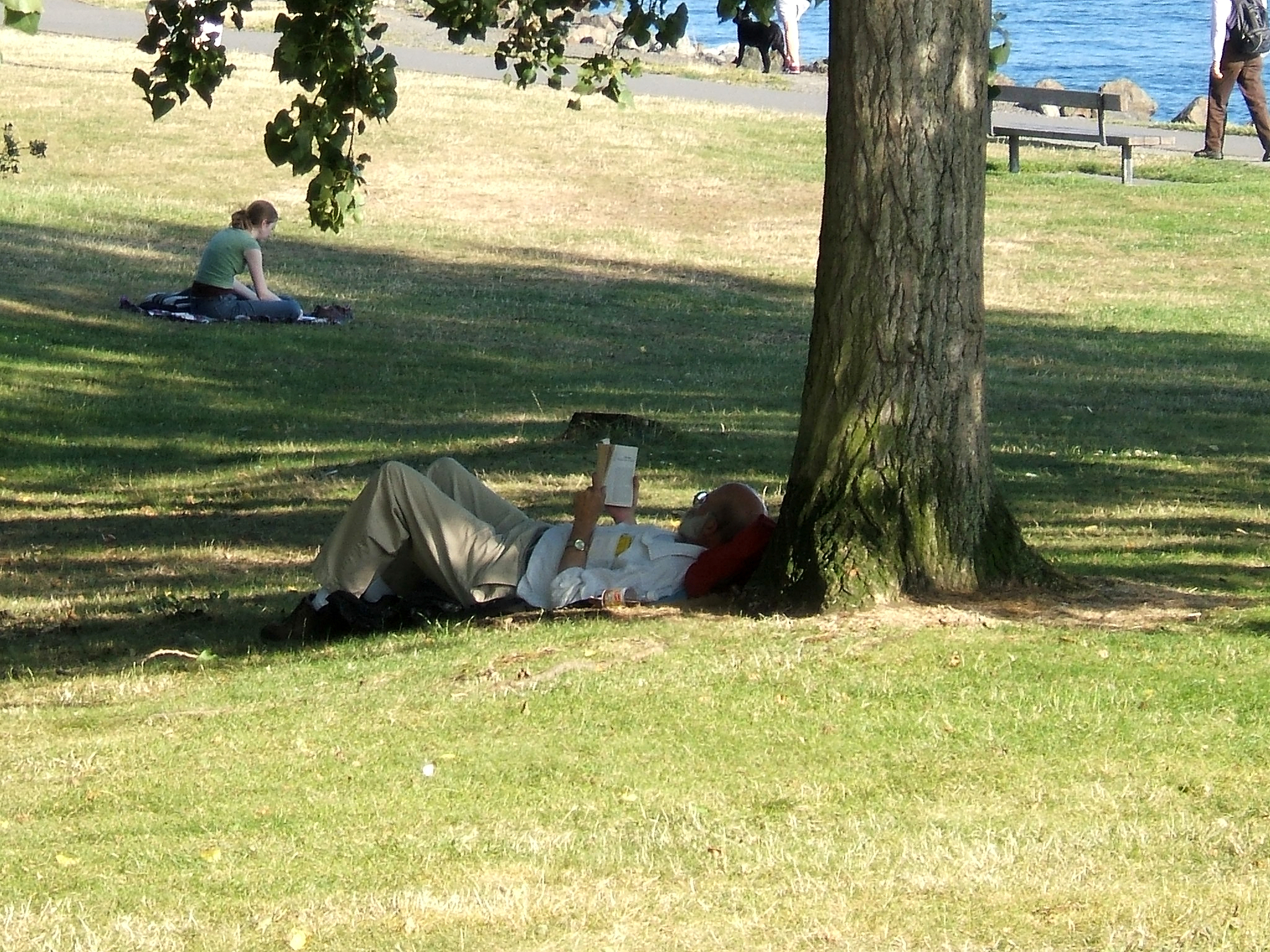The Effort of Creativity
Making things isn't easy. Sometimes I sit at my desk thinking about the various projects in process that I want to take to the next step, and I can’t seem to make myself do any of them.
My tools are ready, at my fingertips. The curser blinks, pencils are sharpened, digital files of sound waves wait for me to release them from my recorder. Little pieces of art in words and voice lurk in my brain.
I have a few great ideas, I say to myself. Well, they could be. Good ones anyway. Of course I actually have to begin. Or begin again. Or pick up where I left off.
Instead, sometimes I look up and realize I've been staring at my computer for, um, awhile. Why is this so stinking hard? Then it hits me. Every project right now is in a stage that requires creativity.
Beginning to create isn't easy because it requires overcoming mental, physical, and emotional inertia.
Creativity is challenging because of the sheer energy required to make something out of nothing.
But making something out of nothing is worth the effort.
Thinking about this when when it's tough to begin, or sustain, the work I love to do reminds me to speak much kinder to myself. And I’m not sure which is the more important insight: acknowledging the effort of bringing into being something which wasn’t before, or feeling the fruit of being kind to myself.


 Over-thinking is paralysis to producing and actually getting work out into the world. I’m terribly guilty of this. So here’s what I’m telling myself:
Quit planning and contemplating and start doing.
Over-thinking is paralysis to producing and actually getting work out into the world. I’m terribly guilty of this. So here’s what I’m telling myself:
Quit planning and contemplating and start doing. 1. Radio is the most intimate of all forms of story.
There is beauty and uniqueness in the human voice, one person’s human voice, whispering in our ear. Our voices are part of the essence of who we are. The timber, the pace, the rhythm, the pitch, vocal quality, regional accents, and more are all a stamp of identity, our individuality. Stories told live, in print, on film and television are often beautiful, but none has the power and intimacy of that whisper, a voice in our ear.
1. Radio is the most intimate of all forms of story.
There is beauty and uniqueness in the human voice, one person’s human voice, whispering in our ear. Our voices are part of the essence of who we are. The timber, the pace, the rhythm, the pitch, vocal quality, regional accents, and more are all a stamp of identity, our individuality. Stories told live, in print, on film and television are often beautiful, but none has the power and intimacy of that whisper, a voice in our ear.


